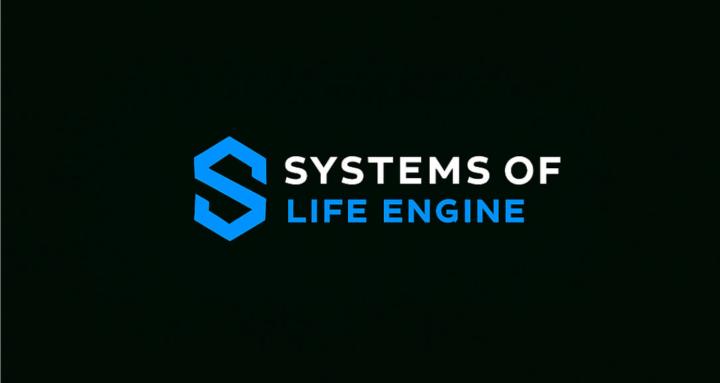Jan 5 • Basics
Gamifying Life - How Do You Want to Play the Game?
Saying that 𝗴𝗮𝗺𝗶𝗳𝗶𝗻𝗴 𝗹𝗶𝗳𝗲 is about using techniques known from computer and board games in "real life" isn't very explanatory because it doesn't convey many important details.
In this post let me tackle first distinction: how do you want to play the game.
𝗚𝗮𝗺𝗶𝗳𝗶𝗰𝗮𝘁𝗶𝗼𝗻 𝗔𝗽𝗽𝗿𝗼𝗮𝗰𝗵es
There are two approaches how to "gamify life": 𝗦𝗶𝗺𝘂𝗹𝗮𝘁𝗶𝗼𝗻𝗶𝘀𝘁 𝗔𝗽𝗽𝗿𝗼𝗮𝗰𝗵 and 𝗚𝗮𝗺𝗶𝘀𝘁 𝗔𝗽𝗽𝗿𝗼𝗮𝗰𝗵.
𝗦𝗶𝗺𝘂𝗹𝗮𝘁𝗶𝗼𝗻𝗶𝘀𝘁 𝗔𝗽𝗽𝗿𝗼𝗮𝗰𝗵 - it's the mindset of playing a game with your life. You just mentally imagine you are playing a game with your life and "act like a hero of the game".
In order to play this game you need to have some vision of yourself (hero) and you can execute (simulate) actions of this imagined hero in "Real Life".
This is to some extend similar to visualization exercises (like the famous people council from Napoleon Hill's "Think and Grow" book) or make-believe games that children are playing.
𝗚𝗮𝗺𝗶𝘀𝘁 𝗔𝗽𝗽𝗿𝗼𝗮𝗰𝗵 - you have a accountability tool that you use to gamify your life. This can be a custom-written software, spreadsheet, Power Point, Notion, Habitica or similar and last but not least: classic pen & paper. With gamist approach the system (or "tool", or "game") have some underlying goal (and it's not equivalent to the "real life" goal).
So for example you can have a goal to lose weight and you use a game tool where there are "weight points" and the goal is to collect 1000 points in 90 days - by meeting the game goal, you will also meet the "real life" goal (if the game rules are designed well, obviously).
I am personally much more interested in Gamist Approach.
𝑇ℎ𝑖𝑠 𝑝𝑜𝑠𝑡 𝑤𝑖𝑙𝑙 𝑏𝑒 𝑎𝑑𝑑𝑒𝑑 𝑎𝑡 𝑠𝑜𝑚𝑒 𝑝𝑜𝑖𝑛𝑡 𝑡𝑜 𝑡ℎ𝑒 𝑐𝑜𝑢𝑟𝑠𝑒. 𝐼𝑓 𝑦𝑜𝑢 ℎ𝑎𝑣𝑒 𝑠𝑜𝑚𝑒 𝑎𝑑𝑑𝑖𝑡𝑖𝑜𝑛𝑎𝑙 𝑡ℎ𝑜𝑢𝑔ℎ𝑡𝑠 𝑜𝑛 𝑡ℎ𝑖𝑠 𝑡𝑜𝑝𝑖𝑐 𝑜𝑟 𝑦𝑜𝑢 𝑑𝑜𝑛'𝑡 𝑎𝑔𝑟𝑒𝑒 𝑤𝑖𝑡ℎ 𝑠𝑜𝑚𝑒𝑡ℎ𝑖𝑛𝑔 - 𝑝𝑙𝑒𝑎𝑠𝑒 𝑤𝑟𝑖𝑡𝑒 𝑎 𝑐𝑜𝑚𝑚𝑒𝑛𝑡 𝑎𝑛𝑑 𝑙𝑒𝑡'𝑠 ℎ𝑎𝑣𝑒 𝑎 𝑑𝑖𝑠𝑐𝑢𝑠𝑠𝑖𝑜𝑛 𝑎𝑏𝑜𝑢𝑡 𝑖𝑡.
4
7 comments
powered by

skool.com/gamifying-life-1637
The community collects working self-productivity systems & general patterns that need to be present in all life systems.
Suggested communities
Powered by
